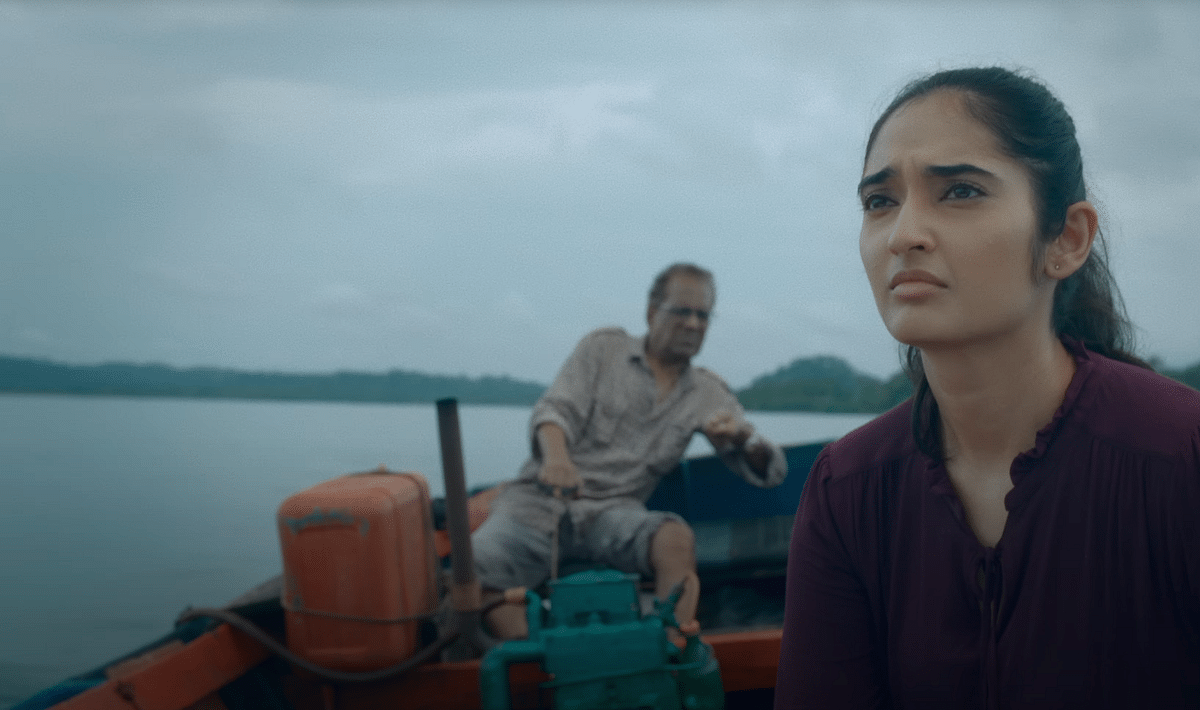There’s a lot happening in Netflix’s first Hindi survival thriller series Kaala Paani. The main plot follows the discovery of a new disease with inky rashes that confounds scientists and policymakers, which would remind viewers of the botched response towards COVID-19, but there are multiple subplots including a love story with a traumatized former nurse, a family drama between separated parents and children, and the ecological commentary on the indigenous population that survived the disease once before. But Kaala Paani is able to balance these plots, tweaking the series’ disease to visually carry the show’s science in order to dedicate more weight to each subplot. It allows showrunner Sameer Saxena to play with more philosophical themes, and allows his compelling cast to play with more complex and dynamic roles.
Synopsis
Set in the near future, the Andaman and Nicobar Islands are quarantined from the rest of the world as a mystery disease engulfs them, prompting the islanders to attempt an unprecedented feat in human history - escaping the Kaala Paani.
Storyline
Set in 2027, a mystery disease engulfs the Andaman and Nicobar Islands, triggering a quarantine for India’s union territory. Because of this, people left in the location try to survive, whether that be through escaping the isles, or chasing after the cure.
TLDR
Honestly, this might be a bit triggering, but the show’s premise allows some distance between the real life COVID-19 induced trauma, and the fictional disease of LHF-27.
What stands out
COVID-19 triggered a wave of pandemic-related media, whether it be directly tackling the pandemic like Bheed, or tackling previous similar outbreaks like SARS in Eye of the Storm. Kaala Paani does differently, setting its story in the near future, just four years after its release. Because of this choice, it allowed the entire series some freedom to expand its scope, as the series is free to imagine an entirely new (and thankfully still fictional) disease. This tactical story choice allows for a more visual depiction of a pandemic, with its unusual black psoriasis spots, as well as an excellent visual motif in water, which is how the disease is transmitted. It creates the visual legwork that allows the series to focus on crafting its multiple, yet highly in-depth ensemble of characters.




It is one of the best survival dramas in India. I specially loved the narrative and shout out to the background score.